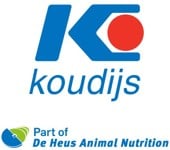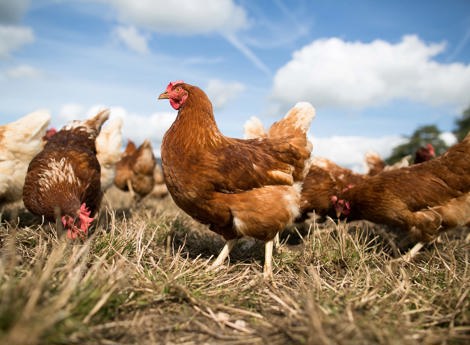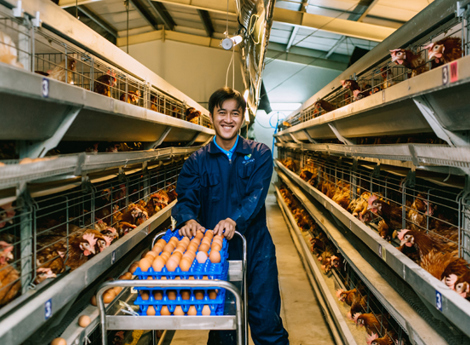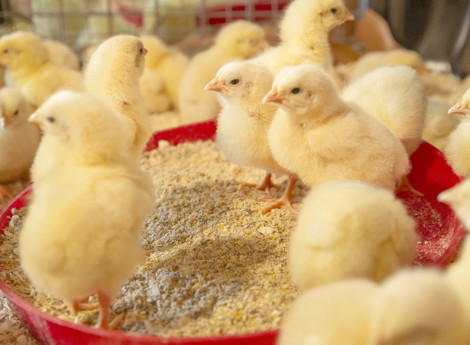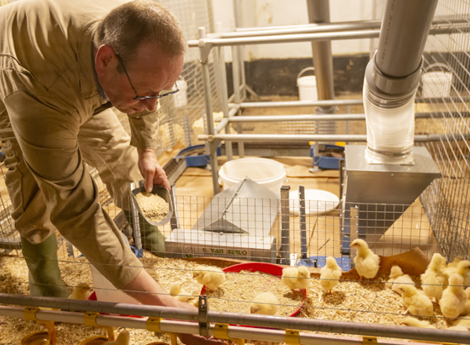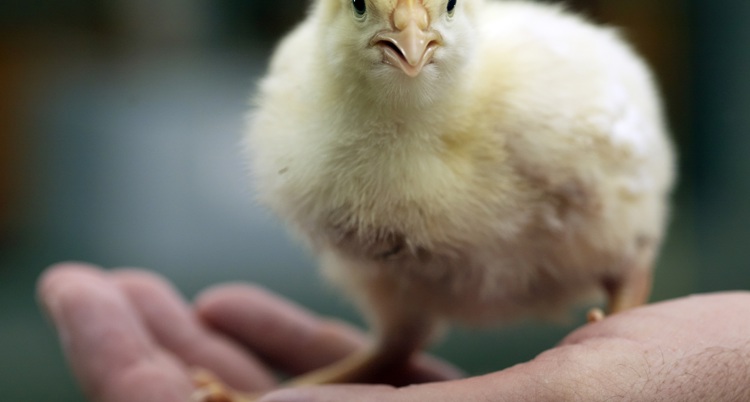
The main goal of a broiler is to produce as much meat as possible in the shortest possible time, while the layer has to produce an egg almost every day from adulthood until 100 weeks of age. The basis for this top performance in both species is laid in the first weeks of life. After pipping, the chicken is now in the care of the farmer who does everything he can to ensure a good start!
Muscle development
In broilers, muscle development is only achieved by enlarging the muscle cells. Some people think that muscle growth is a matter of more cells, but this is incorrect. In fact muscle growth is cell growth. The number of muscle cells in a muscle is formed during incubation and the first days of life. This implies that after the first week, the amount is fixed, so muscle growth is then cell enlargement. This underlines the importance of the first week of life!
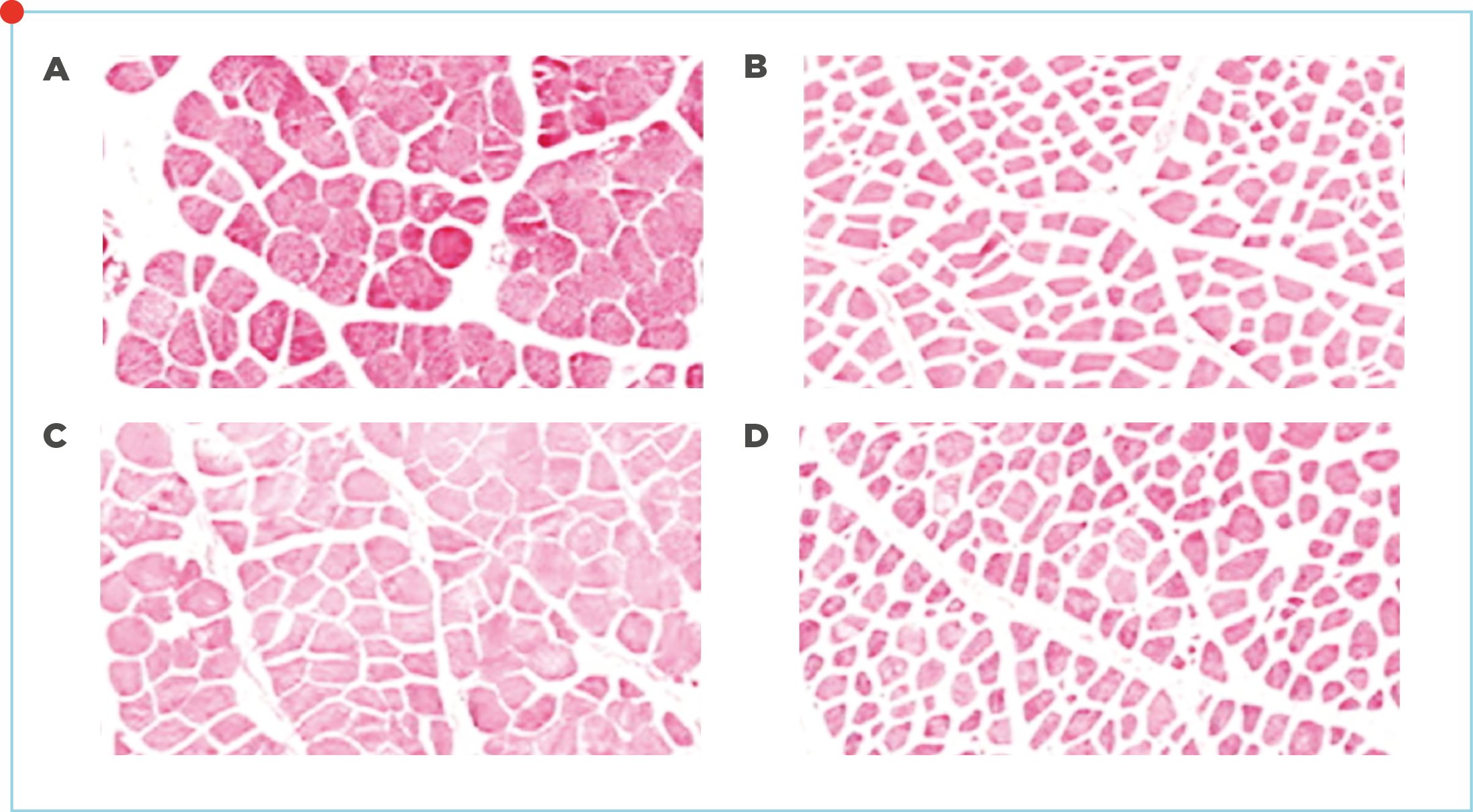
Influenced by prestarter
To ensure the best muscle development, Koudijs has developed special prestarters for broilers, layers and turkeys. These species have different nutritional needs and therefore require their own prestarter! Koudijs has done research in this field and developed nutritional norms for this period of life. Obviously the quality of the feed not only depend on the amount of energy, protein, amino-acid ratio etc. but also on quality and handling of raw materials.
Production
Furthermore, besides the composition, milling size, mixing quality, hardness and form of the pellet is vital. We have seen the importance of a good mini pellet in both our trials and in the field.
Result
Did you know that a good mini pellet can boost the feed intake by more than 10% in the first week? Given the fact that the feed conversion rate in that first week is less than 1, 10% extra feed intake produces 10% extra growth in the first week: from 180 grams to 200 grams. In our own experiments, we have seen that this extra juvenile growth leads to 5 – 10 grams extra body weight per gram of 7 days weight. This is due to better muscle, carcass and organ development. These are important outcomes for a broiler operation which generate better financial results.
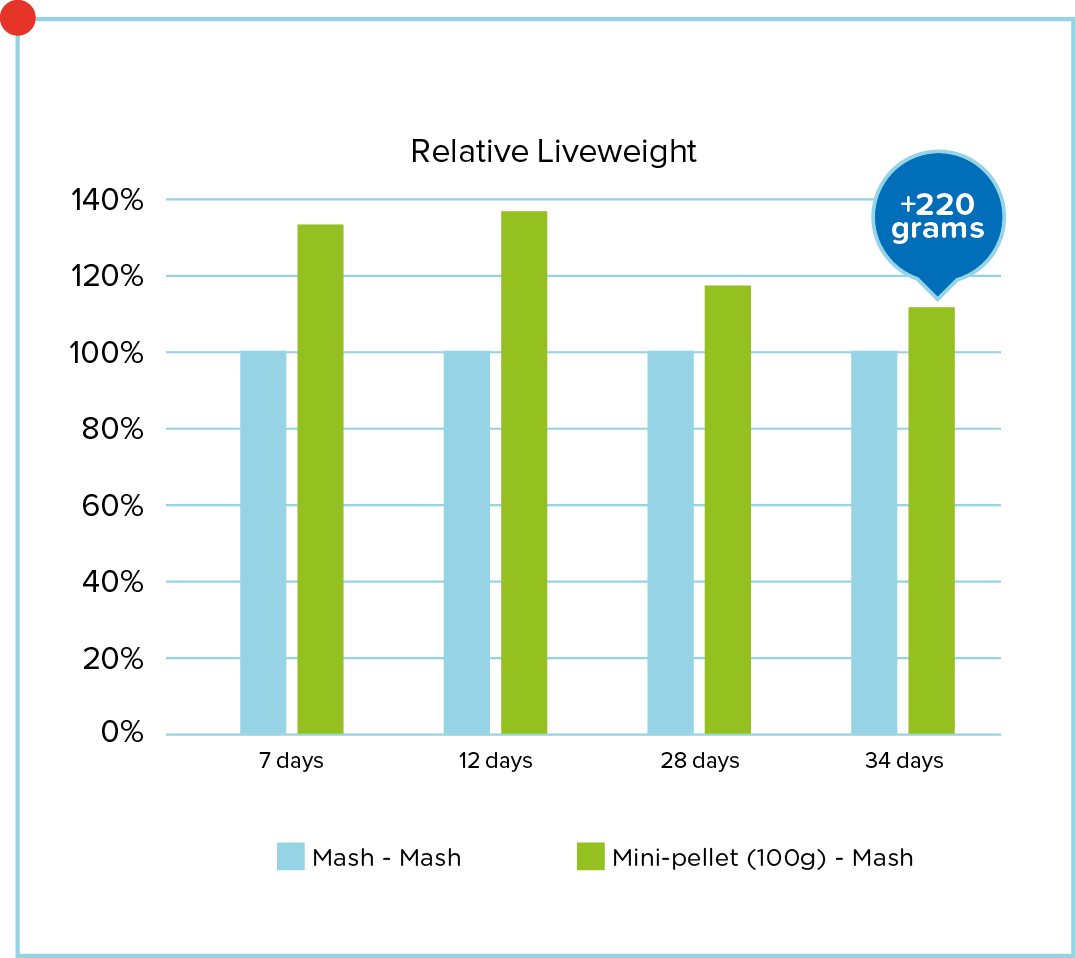
Source: VK-152, internal research Koudijs Animal nutrition: mash vs. mini pellet in the first week of life.
Housing
Besides optimal feeding, housing and management are key factors. The main goal is to optimise the feed intake. In broilers, the feed conversion rate in the first week is less than 1, making this feed intake very effective. More feed intake also equals more growth, but more importantly: better development of organs, skeleton and muscles. Day old chicks are poikiloterm, meaning they are “coldblooded” in the first days and cannot maintain their body temperature. Floor temperature is therefore crucial, as this determines the temperature of the birds. The ideal floor temperature is between 28 and 30˚C. This cannot be corrected by increasing the room temperature.
Too low body temperature has a devastating effect on the birds:
- Lower feed intake. This means lower growth and poor development.
- Risk of yolk sac peritonitis, caused by Escherichia Coli. Because of the lower temperature, the yolk content is less fluid and the blood flow is also lower. This all increases the vulnerability of the chicks to disease.
- Risk of malabsorption syndrome. Malabsorption is a multifactorial disease with a viral component as well as a very clear temperature component! Malabsorption is characterised by underdeveloped chickens and lameness caused by disrupted skeleton
development. Obviously these birds will never become good broilers.
Besides floor temperature, other management factors, such as the availability of water and feed and CO2 levels, are important. Koudijs has its own checklist: the KCCP (Koudijs Critical Control Points) to evaluate the procedure of placing a new flock of broilers. René Heijnen, DVM.
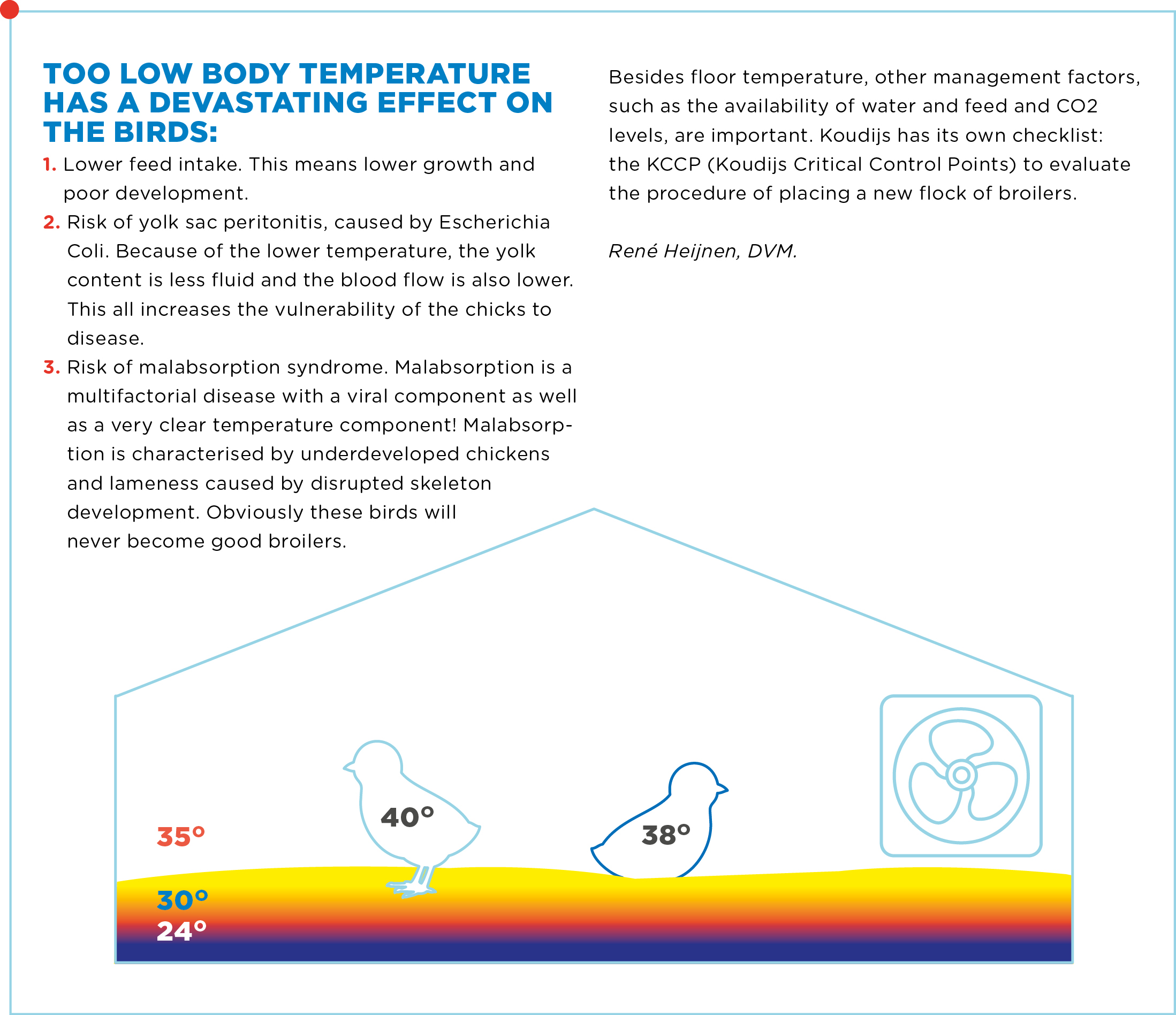
Figure 2 Too low floor temperature: cooling down of baby chicks
